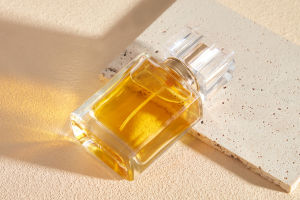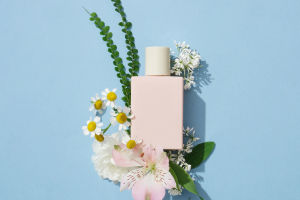Perfume
The history of perfume dates back to ancient civilizations. The Egyptians used spices and essential oils for personal care, and their perfume-making techniques were passed on to the Greeks and Romans. By the Roman era, perfume had become a necessity in social settings.
During the Renaissance, the use of perfume gradually revived and gained popularity.
The French perfume industry became particularly prominent, especially in the 16th century, when the French royal family’s demand for perfume spurred the flourishing of the perfume industry. Today, France remains one of the global centers for perfume manufacturing.
Production Process
The process of making perfume is complex and intricate. Initially, the perfumer selects appropriate raw materials according to the formula. These raw materials include natural fragrances such as rose oil, sandalwood, and vanilla, as well as synthetic fragrances like musk and vanillin.
Next, the perfumer blends these fragrance oils and water in specific proportions. The mixture then undergoes a maturation period, which allows the fragrances to fully blend. This maturation period can range from a few weeks to several months. After maturation, the perfume is filtered and adjusted to ensure consistent quality.
Chemical Principles
The scent of a perfume is composed of volatile compounds. The chemical components in the fragrance evaporate into the air, creating the scent we perceive. The rate at which fragrance molecules evaporate differs, which is why a perfume's scent is divided into top, middle, and base notes:
1. Top Notes: These are the initial scents perceived right after application, usually fresh and sharp, with a fast evaporation rate, such as lemon, mint, and lavender.
2. Middle Notes: After the top notes fade, the main fragrance emerges, typically softer and richer, including scents like rose, jasmine, and cinnamon.
3. Base Notes: These are the long-lasting scents that remain after the perfume has dried, often heavier and enduring, such as sandalwood, vanilla, and musk.
Usage and Matching
Using perfume isn't just about spraying it on the skin; it's also about matching it to personal style and occasion.
For formal events, an elegant yet subtle fragrance is more appropriate, while casual settings might call for a fresh and lively scent. Perfume should be sprayed on pulse points like the wrists and neck, rather than directly on clothing, to ensure the fragrance disperses effectively.
Choosing a perfume also depends on individual skin types. Different skin types affect the longevity and projection of the fragrance. Dry skin generally holds the scent for a shorter time, while oily skin can make the fragrance last longer. Therefore, selecting a perfume can be adjusted based on one's skin type.
Summary
Perfume is not only a sensory pleasure but also a blend of science and art. From ancient spice usage to modern perfume creation, each step embodies human wisdom and creativity.
The allure of perfume lies in its ability to enhance personal style, express unique individuality, and bring joy and confidence to everyday moments. Understanding the composition, production process, and chemical principles of perfume helps in better appreciating and choosing a fragrance that suits one’s preferences.

